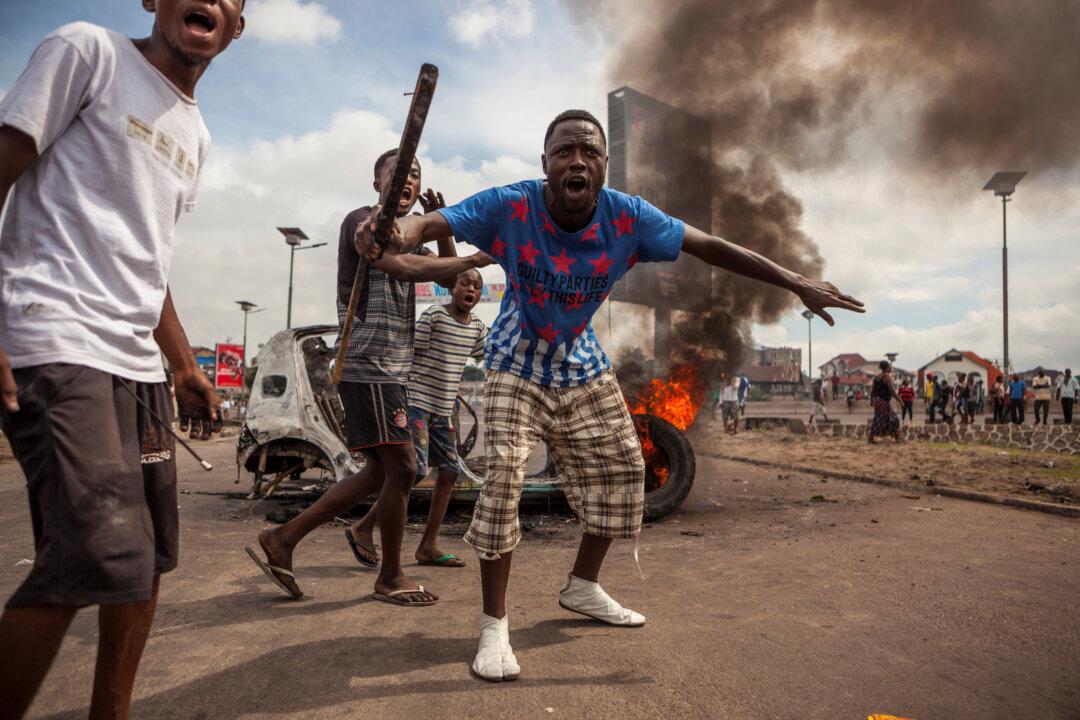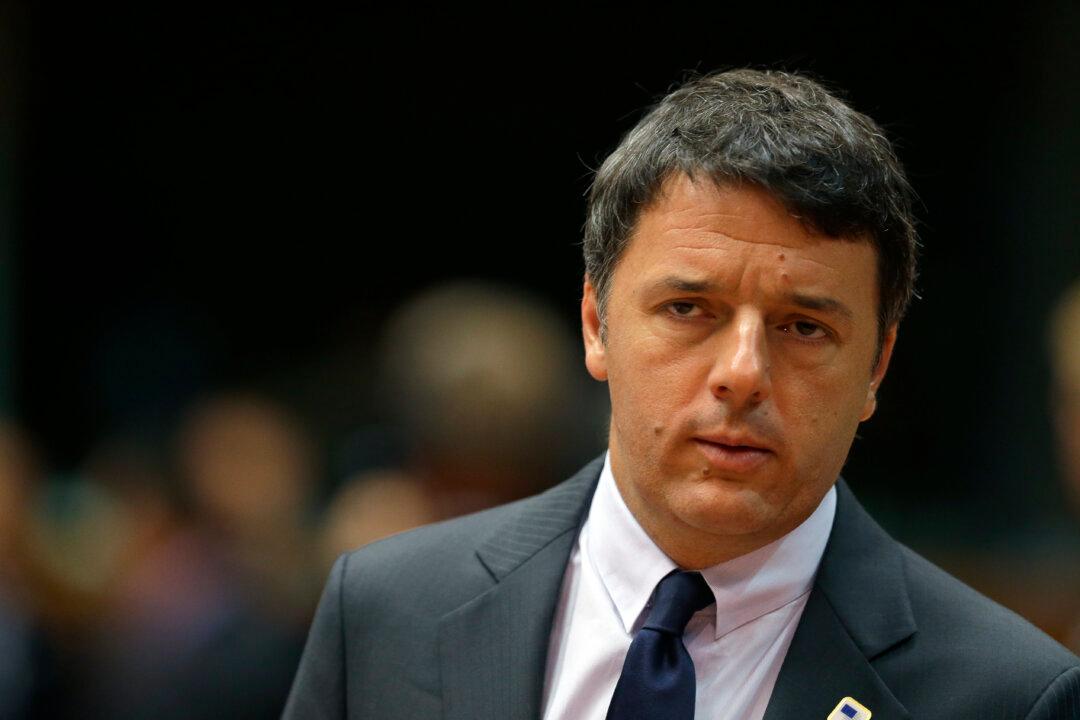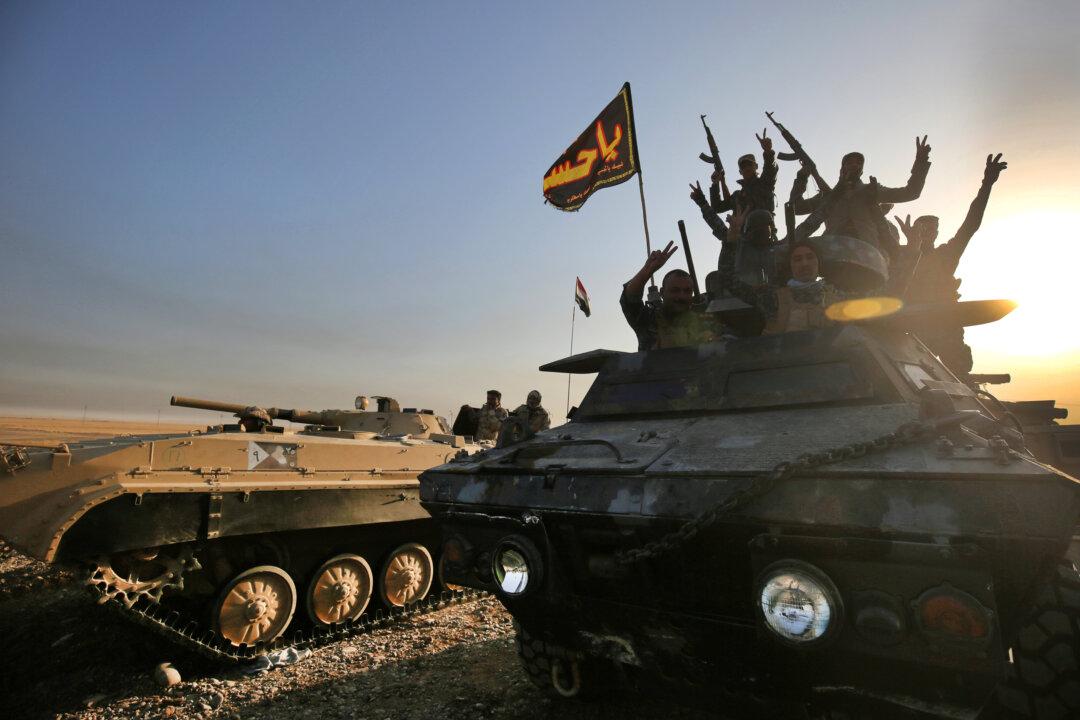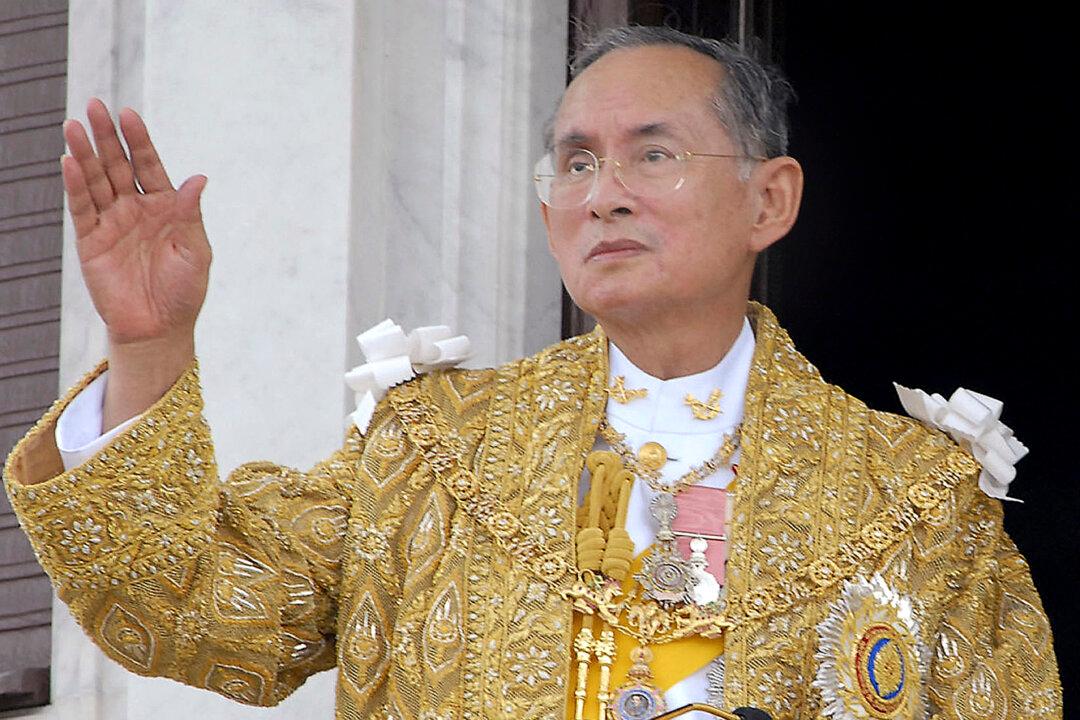The Democratic Republic of the Congo remains in a state of crisis as President Joseph Kabila delays the country’s scheduled November elections until December 2018, citing voter registration issues.
“We have decided to delay the elections to avoid locking out a huge number of people—most of them young voters,” Kabila told journalists in Dar Es Salaam, Tanzania.
Congo’s election commission has said it needs until December 2018 to register all voters and ready the country for an election. The registration rolls haven’t been updated since 2011, leaving many deceased still on the rolls and an estimated 7 million new voters off.
Kabila’s 15 years in office are due to end on Dec. 19, and many feel this latest move is an attempt to cling to power like many of his counterparts on the African continent.
Kabila has refuted such claims.
“There is no political crisis in Congo. ... What is happening at the moment is just some political tension ahead of elections, which is a normal thing in many parts of Africa,” he said.
The Congolese Constitution does not permit an extension of presidential term limits.
Violence and Protests





